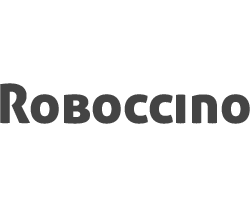Comprehensive Insights: The Future of Coffee with Barista Bots and Automation Trends
As the coffee industry continues to evolve, the rise of technology, particularly automation, is reshaping the landscape of coffee preparation and service. According to a recent report by ResearchAndMarkets, the global coffee machines market is projected to grow at a CAGR of 7.3% from 2021 to 2026, highlighting the increasing demand for innovative solutions in cafes and restaurants. This growth is driven by consumers' desire for high-quality coffee, convenience, and the efficiency that modern technology provides. One such innovation, the "barista bot," is gaining traction as a revolutionary tool that not only streamlines the brewing process but also enhances the customer experience.
In addition to efficiency, the integration of barista bots into coffee shops presents an opportunity for operators to address staffing challenges caused by labor shortages, especially post-pandemic. According to a report by the National Restaurant Association, 73% of restaurant operators are experiencing difficulty in finding suitable staff. By incorporating automation, establishments can maintain quality service standards while alleviating some of the pressure on human employees. This blog explores the transformative impact of barista bots and automation trends on the future of coffee, analyzing the balance between technology and the artisanal craft that coffee aficionados cherish.
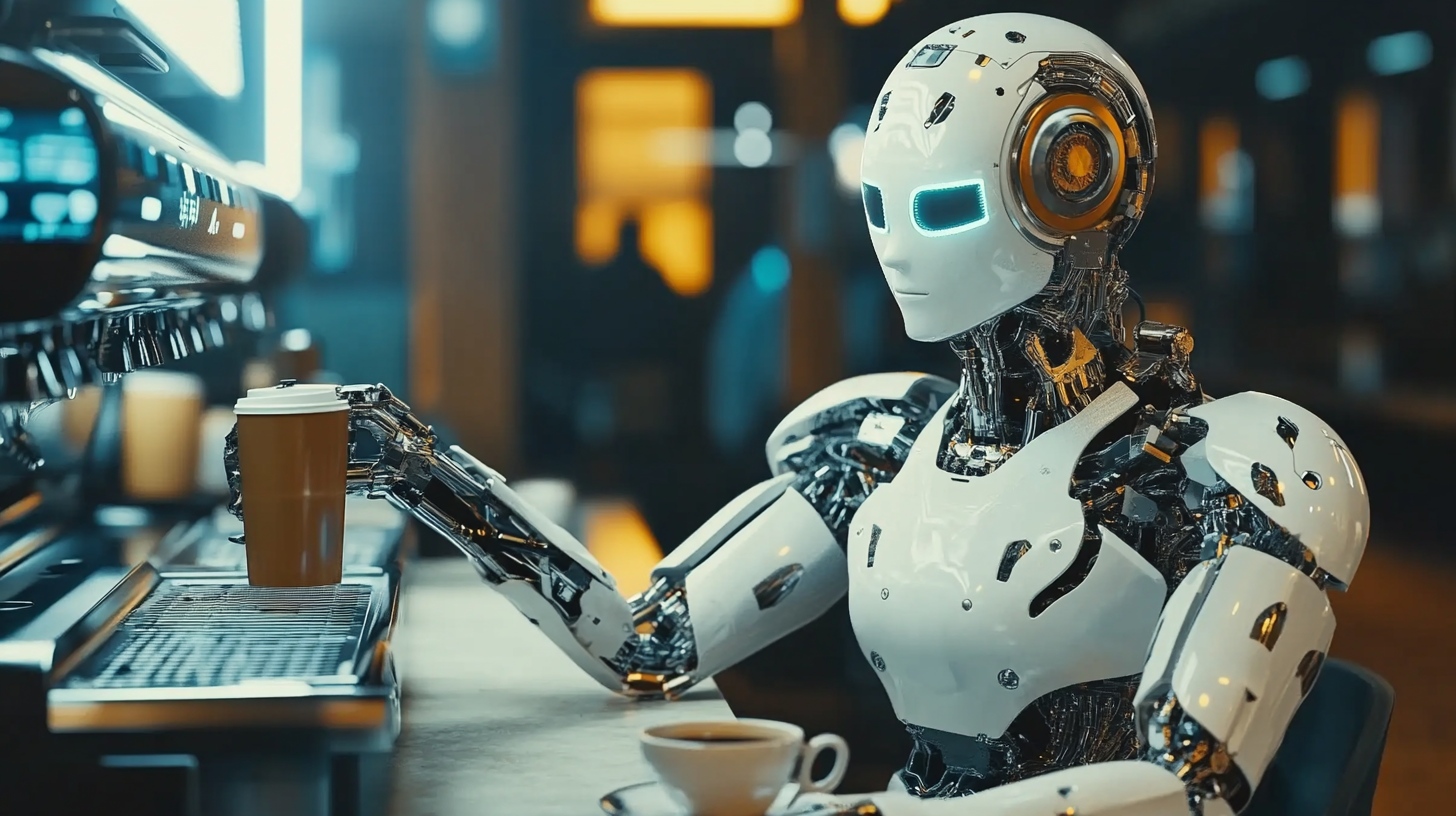
The Rise of Barista Bots: Revolutionizing Coffee Preparation
In recent years, the coffee industry has witnessed a fascinating transformation with the emergence of barista bots. These advanced machines are revolutionizing the way coffee is prepared, offering consumers a unique blend of technology and tradition. With precision brewing capabilities and the ability to replicate complex recipes, barista bots are not just a convenience; they are elevating the coffee experience to new heights. The rise of barista bots is largely driven by the growing demand for consistency and quality in coffee preparation. Consumers are increasingly looking for their favorite brews to be served perfectly every time, making robotic solutions an attractive alternative for busy cafes and coffee shops. Equipped with sophisticated algorithms, these bots can analyze variables such as water temperature, grind size, and extraction time, ensuring that each cup is crafted to perfection. Moreover, as automation trends continue to evolve, barista bots are also incorporating innovative features that enhance customer interaction. With user-friendly interfaces and customizable options, patrons can personalize their coffee orders in real-time, embracing a level of engagement that traditional baristas may struggle to offer during peak hours. This blend of technology and interactivity not only streamlines service but also fosters a connection between the consumer and their coffee, creating an enjoyable and efficient experience.
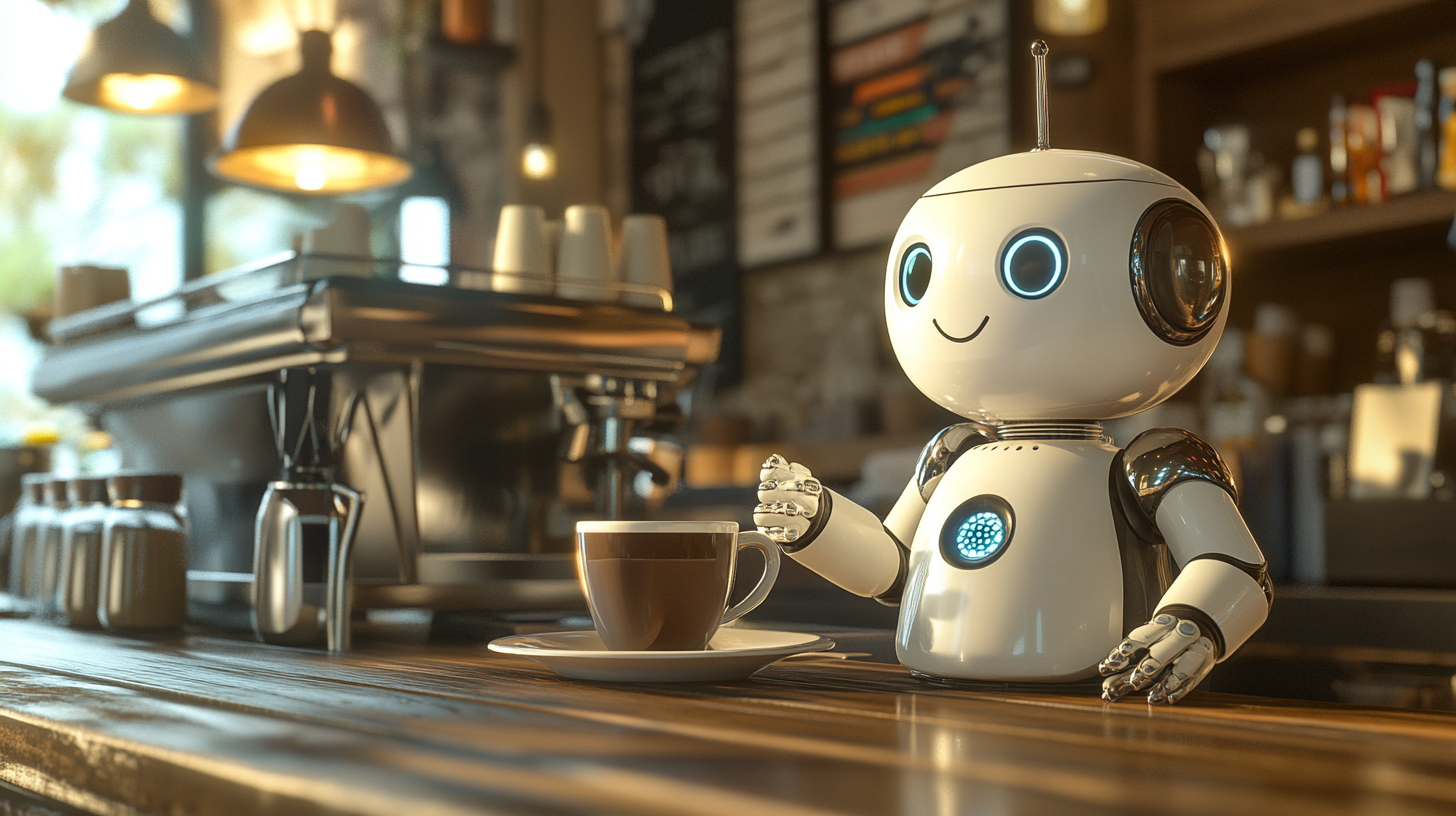
Automation Trends in the Coffee Industry: A Look Ahead
The coffee industry is on the brink of a significant transformation driven by automation trends. The Global Fully Automatic Coffee Machine Market, valued at approximately USD 4.71 billion in 2023, is projected to soar to USD 7.08 billion by 2033, reflecting a robust CAGR of 4.06%. This remarkable growth indicates an increasing consumer preference for convenience and quality in coffee brewing, as automation technologies elevate the coffee-making experience. As more households and commercial establishments invest in super-automatic coffee machines, we are witnessing a shift not only in home brewing practices but also in professional barista competitions.
In particular, super-automatic espresso machines are becoming a topic of debate in competitions, with some arguing that they alter the dynamics traditionally associated with latte art championships. The reliance on sophisticated technology challenges the artistry and skill of baristas, bringing forth discussions about the essence of coffee craftsmanship in an era increasingly dominated by automation. Meanwhile, the Electric Burr Grinders segment is anticipated to achieve a significant milestone, projected to grow to USD 237.5 million by 2030, as consumers seek out precision and consistency in their grinding processes.
Manufacturers are innovating rapidly in the home coffee machine market to meet evolving consumer demands, focusing on integrating advanced features that enhance user experience. This innovation is not limited to coffee machines alone; it permeates the entire coffee industry supply chain, reshaping how coffee is prepared, served, and enjoyed. As the trends in automation and technology continue to evolve, the coffee industry is set to embrace a future where quality and convenience are seamlessly blended together.
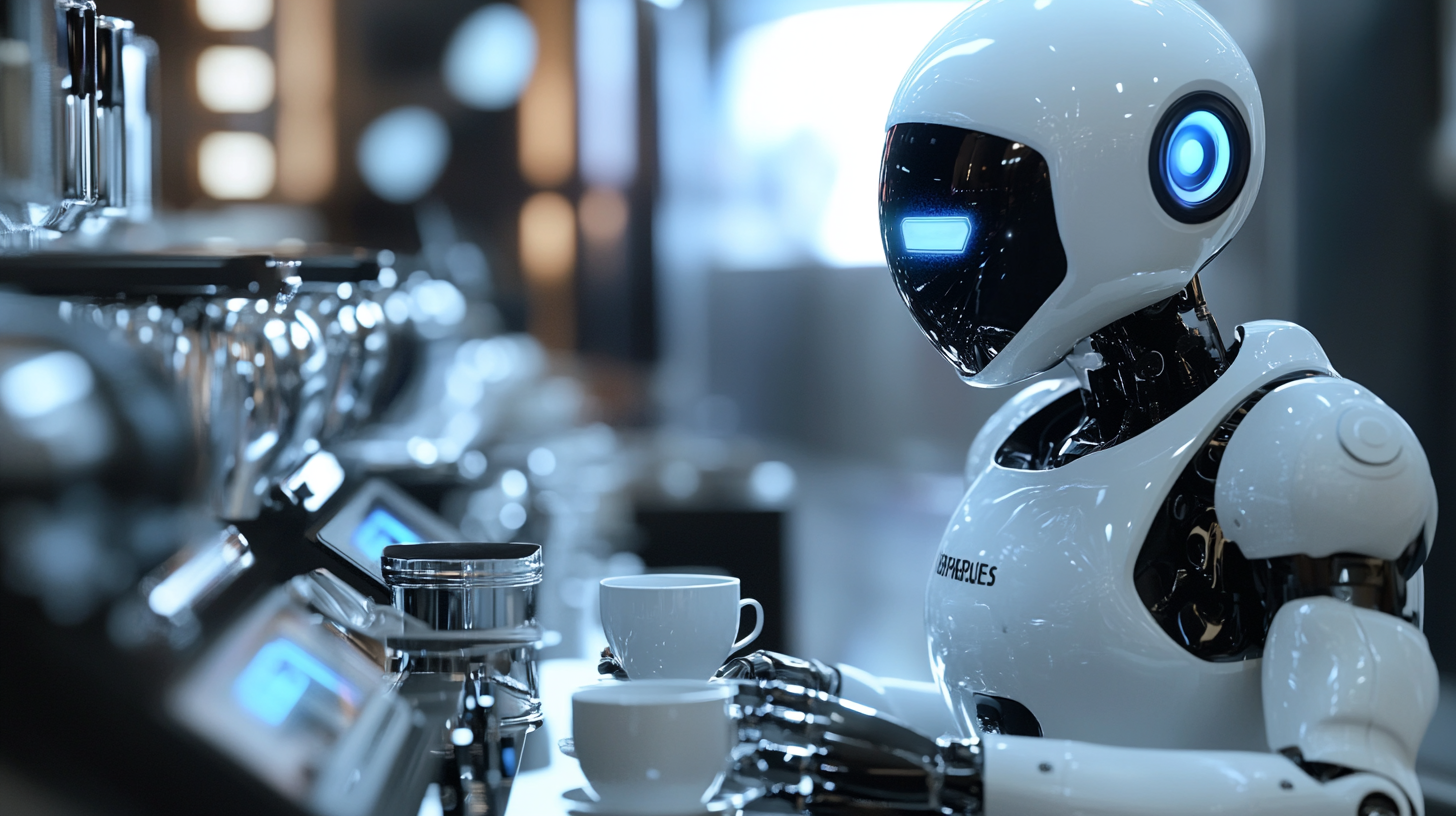
Enhancing Customer Experience with Smart Coffee Solutions
The coffee industry is on the cusp of a technological revolution, with barista bots and automation playing a pivotal role in enhancing customer experiences. As consumers become increasingly accustomed to speed and convenience, smart coffee solutions are emerging as the answer to meet these expectations. Imagine walking into your favorite café, where a sleek robot barista greets you and instantly recalls your preferred beverage, customized to your taste. This level of personalization not only delights customers but also fosters brand loyalty, making them more likely to return.
Automation is not just about efficiency; it’s about creating an engaging and enjoyable experience. With state-of-the-art coffee machines and AI-driven systems, businesses can now offer a wider variety of beverages while ensuring consistent quality. The precision of automated brewing methods allows for the extraction of optimal flavor profiles, ensuring each cup is as good as the last. Customers can even engage with interactive kiosks or mobile apps to tailor their orders, blending technology with the art of coffee brewing.
Moreover, smart solutions can gather valuable data on customer preferences and behaviors, allowing coffee shops to tailor their offerings and marketing strategies. With this data-driven approach, businesses can create targeted promotions, suggest new blends that align with individual tastes, and ultimately foster a community around specialty coffee. As these innovations continue to unfold, the future of coffee promises to be a harmonious blend of technology and tradition, where every sip tells a unique story shaped by both barista bots and human creativity.
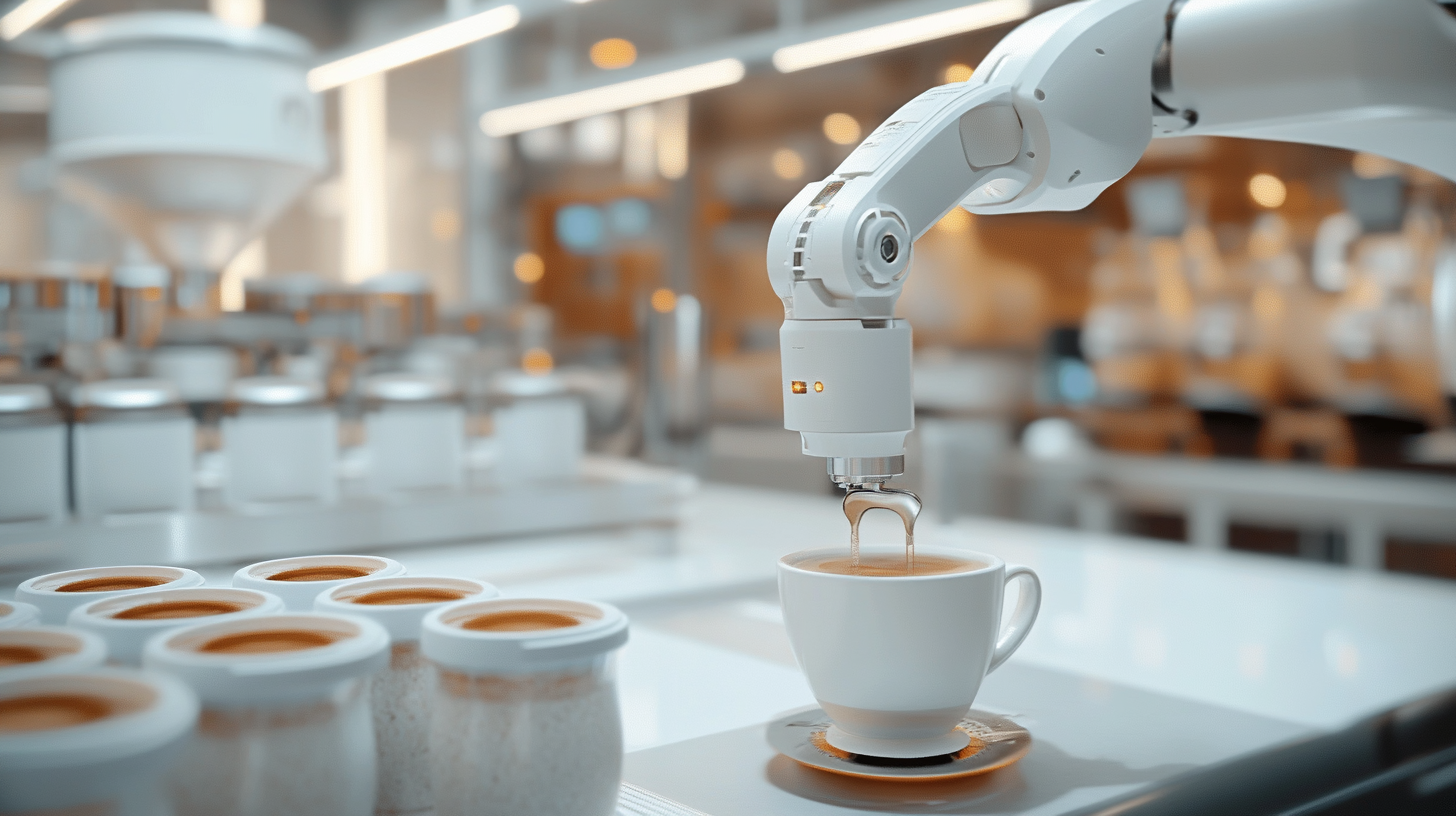
Sustainability and Efficiency: The Role of Technology in Coffee Production
As the coffee industry grapples with the challenges of sustainability and efficiency, the integration of technology is becoming increasingly vital. Innovations such as barista bots are revolutionizing how coffee is produced and served. These automated systems not only streamline the brewing process but also ensure the consistent quality of coffee, addressing the growing consumer demand for premium beverages. By employing advanced algorithms and precision equipment, barista bots can replicate the skills of experienced baristas, reducing the reliance on skilled labor while minimizing waste.
Sustainability in coffee production is more crucial than ever, given the industry's impact on the environment. Technology plays a significant role in this shift, enabling coffee producers to optimize resource use and reduce their carbon footprint. For instance, IoT devices that monitor soil conditions and weather patterns can help farmers make informed decisions about irrigation and crop management. Additionally, automation in processing and packaging can lead to more efficient workflows, decreasing energy consumption and waste generation. As the coffee sector embraces these technological advancements, the potential for a more sustainable future grows, aligning with consumers’ increasing preference for ethically sourced products.
Challenges and Opportunities in Adopting Barista Bots in Cafes
As the coffee industry evolves, the adoption of barista bots presents both challenges and opportunities for cafes looking to enhance their service. On one hand, barista bots can significantly reduce labor costs and improve efficiency. These automated systems are designed to serve consistently high-quality coffee with precision, freeing up human baristas to focus on customer interaction and creating a unique cafe experience. This shift could transform the way establishments operate, enabling them to serve more customers in less time without compromising on quality.
However, the introduction of barista bots is not without its hurdles. Integration of automation technology requires a substantial upfront investment in equipment and training. Cafes must also consider the potential backlash from customers who value the artisanal touch of a skilled barista. The challenge lies in balancing automation with the personal connection that many coffee drinkers cherish. Owners need to be strategic in their approach, perhaps opting for a hybrid model that combines the efficiency of bots with the warmth of human service.
Moreover, the rapidly changing technology landscape means that cafes adopting such innovations must stay agile. Regular updates and maintenance of the barista bots will be essential to ensure they remain relevant and operationally effective. Embracing automation could also open up new revenue streams, such as offering specialty drinks or experimenting with coffee blends that were previously too labor-intensive to produce. Ultimately, those cafes that successfully navigate these challenges may find that barista bots can enhance their brand and appeal to a tech-savvy customer base.

